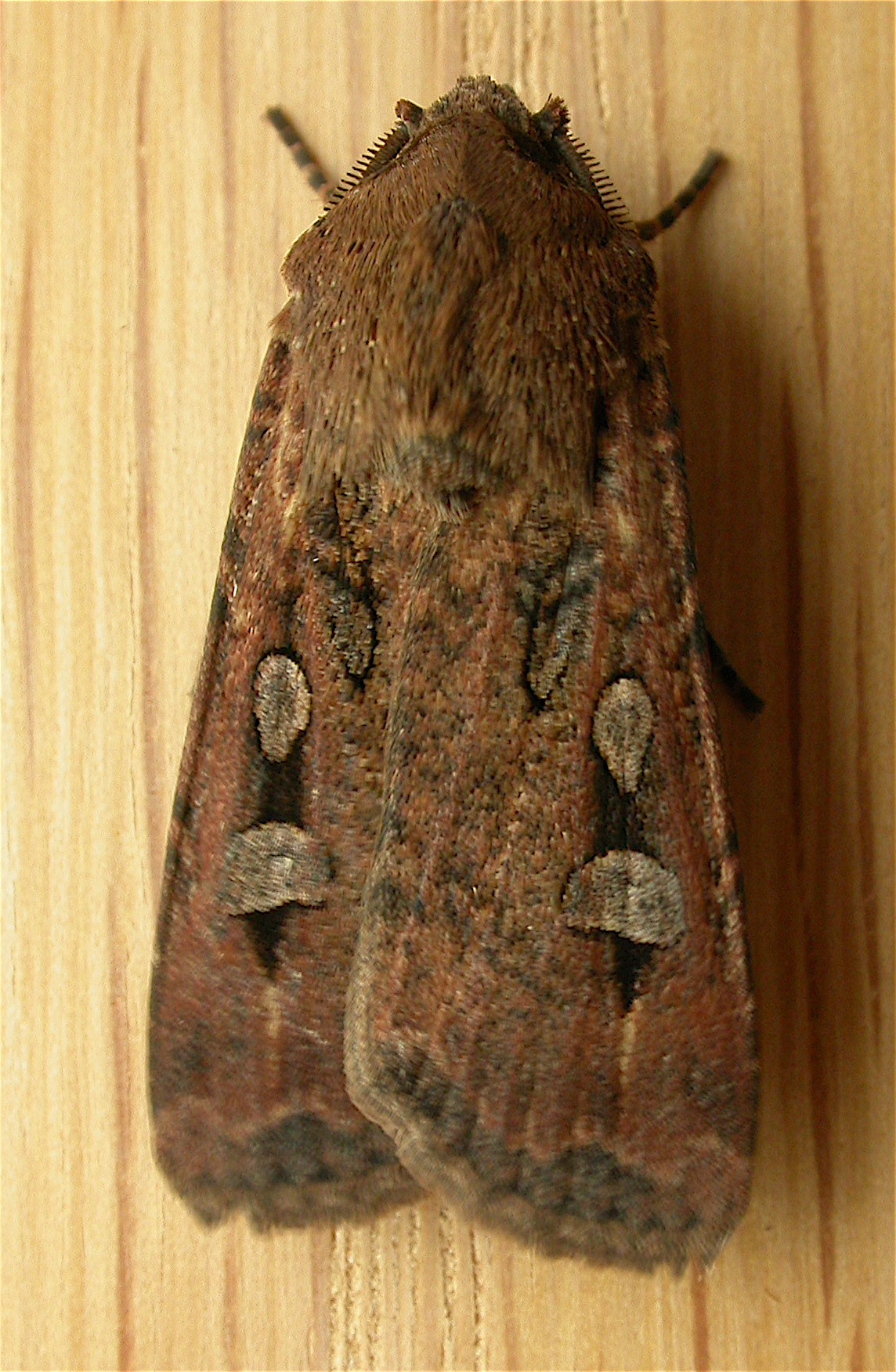By Alan Hewitt
If you have driven along the Great River Road near Tintaldra or walked along the Yindymarra trail and the recently opened Crossing trail you will have seen the various sculptures celebrating the Bogong moth. But what was the importance of the moth to indigenous people?
For millennia the Bogong moths travelled thousands of kilometres from their breeding grounds in southern Queensland and northern N.S.W. using an internal compass to navigate the earth’s magnetic field to seek out caves and crevices in alpine regions. There they would cling to the walls and hibernate in the cool temperatures. At the end of summer they would return to their breeding grounds, mate, lay eggs and die. The cycle would then begin again.
As the climate warmed and the glaciers retreated, the alpine regions became more accessible during the warmer months. Indigenous people began to explore the higher peaks. They saw great numbers of Ravens congregated around the outcrops and discovered they were feeding on the Bogong moths.
The men began to harvest the moths. They would use burning bushes to drive them out of the crevices and collect them in nets made of kurrajong fibre or kangaroo skins. Then they were roasted on hot ashes. After cooking the moths were pounded into cakes. They were sweet tasting and very nutritious.
Before climbing to the alpine regions Indigenous people would gather beside the Murray. Various tribes would meet to engage in corroborees, initiations and marriage ceremonies. They would then travel to the high country to feast on the moths. It has been established they did this for 15,000 years.
Unfortunately the Bogong moth is in trouble. Its numbers have plummeted in recent years to the extent that they are now listed as endangered on the red list of threatened species. Once counted in their billions, they now barely register.
Drought, pesticides and changes in agricultural practice have contributed to their decline. But it is global warming that is having the most deleterious effect. The moths rely on cool areas to survive in summer but as global temperatures rise these are fast disappearing.
The decline in the moth population is also having a terrible effect on the Mountain Pygmy possum. They rely heavily on the moths to survive.
Will we lose two more iconic species?

